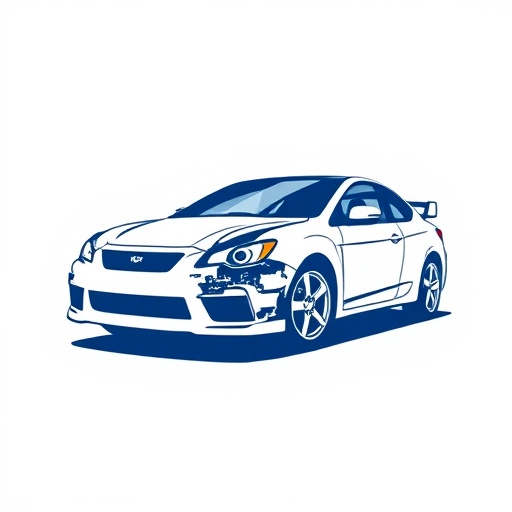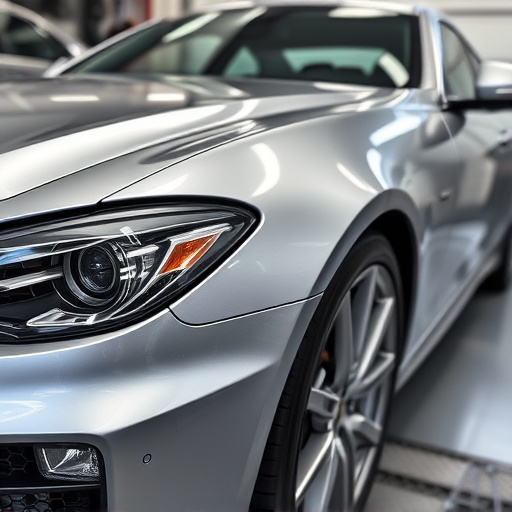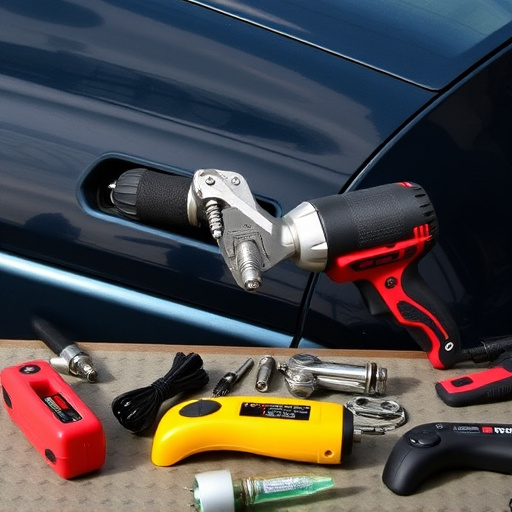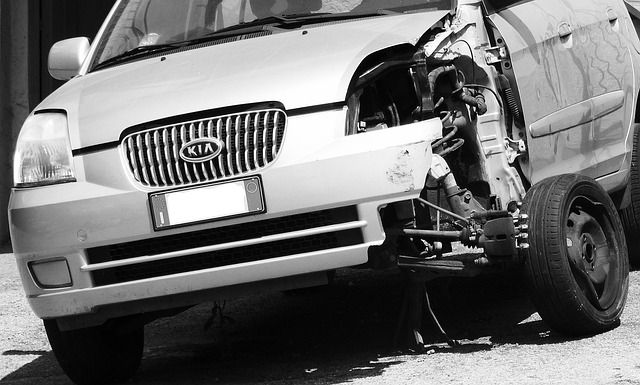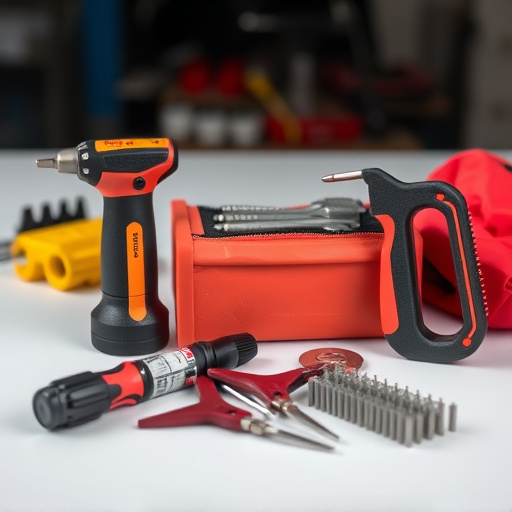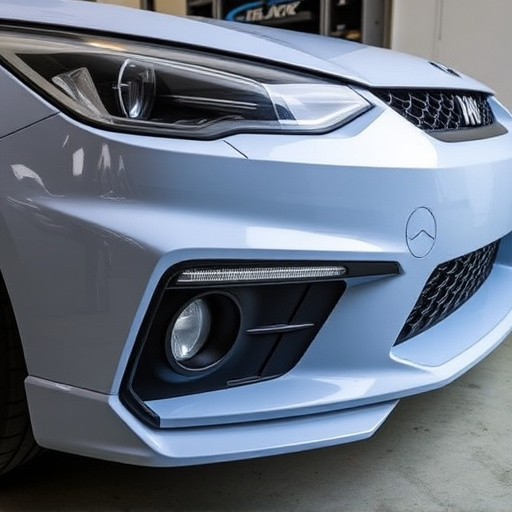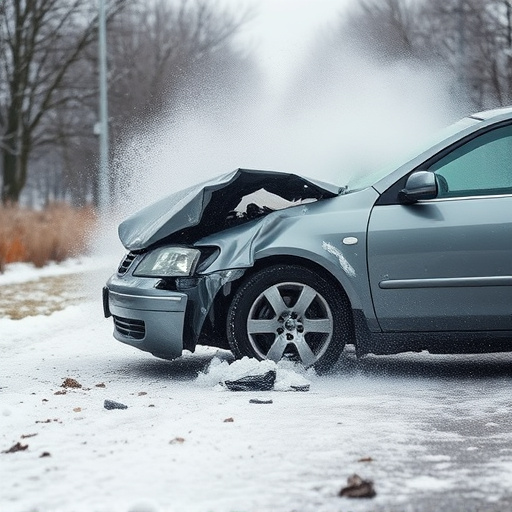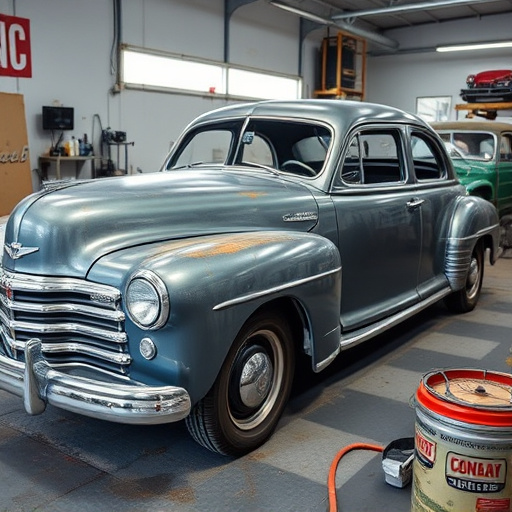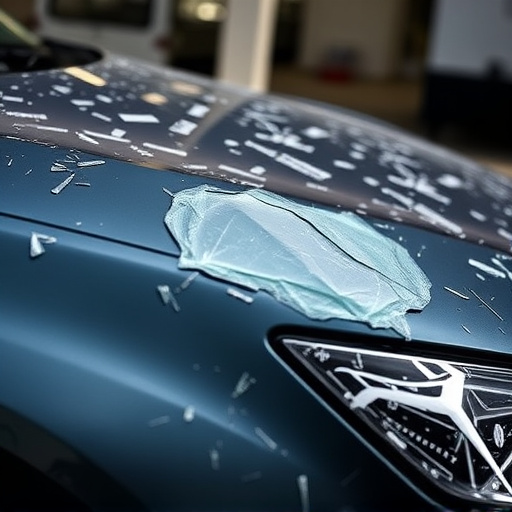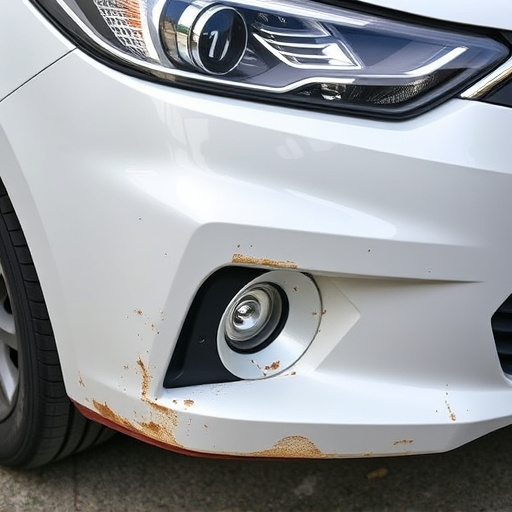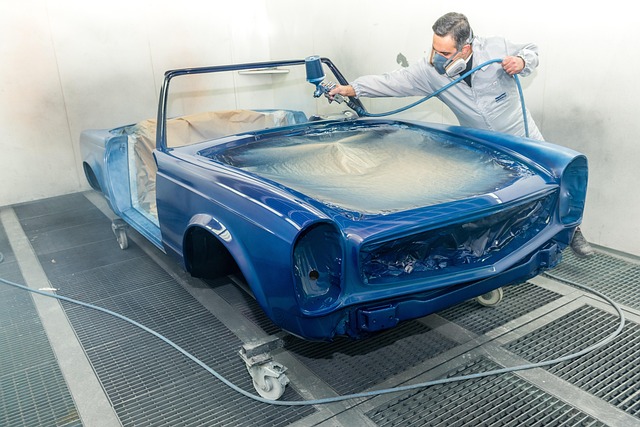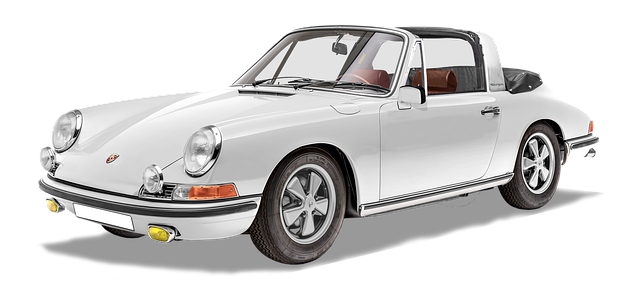Technicians inspect vehicles for damage, noting severity, when repairing or replacing vinyl wraps. They meticulously remove old wraps, clean and prepare surfaces, use specialized tools for accurate installation, and ensure optimal curing conditions to achieve seamless, durable results, especially on complex shapes like Mercedes-Benz curves.
When it comes to vehicle aesthetics, a vinyl wrap can significantly enhance or modify the look. However, over time, wraps can sustain damage, requiring a full replacement. Technicians employ specific methods to safely remove old wraps for a seamless new application. This process involves understanding damage assessment, using appropriate tools and techniques for efficient stripping, and ensuring proper preparation for long-lasting results. By following these steps, technicians can offer effective vinyl wrap repair and replacement services.
- Understanding Vinyl Wrap Damage Assessment
- Steps for Safe and Efficient Stripping
- Ensuring Proper Application for Longevity
Understanding Vinyl Wrap Damage Assessment
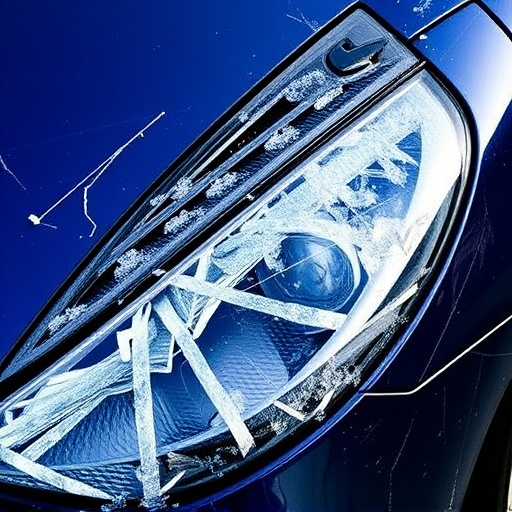
When assessing vinyl wrap damage, technicians must first inspect the entire vehicle to identify the extent of the issue. This involves carefully examining the wrapped surface for any signs of wear, tears, or disintegration caused by various factors such as car collisions, extreme weather conditions, or improper installation. During this process, they also take note of the type and severity of damage, which can range from minor cracks and scratches to extensive peeling or complete removal of the wrap.
A thorough assessment is crucial for effective vinyl wrap repair replacement. Technicians use their expertise to determine whether a simple patchwork or a full replacement is required. In cases of severe vehicle dent repair or extensive car collision repair, removing old wraps becomes essential to ensure a seamless and durable new application, restoring the vehicle’s aesthetic appeal and protective layers.
Steps for Safe and Efficient Stripping
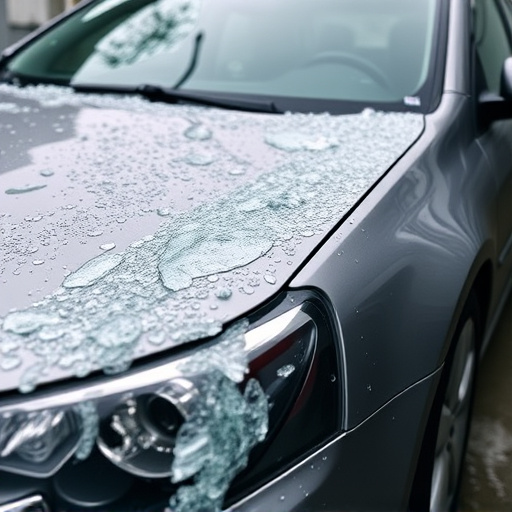
Removing old vinyl wraps for a full replacement is a delicate process that requires precision and safety measures to ensure the new wrap adheres properly and lasts. Technicians start by inspecting the vehicle thoroughly, identifying any damages or imperfections on the underlying surface, which could impact the quality of the new wrap. This step includes checking for cracks in the vehicle paint repair, rust, or any signs of previous poor installation, as these can complicate the stripping process.
The actual stripping involves using specialized tools and solvents to carefully peel away the old vinyl. Technicians often begin by applying a solvent designed to weaken the adhesive holding the wrap in place. This is followed by the use of heat guns or blades to gently separate the wrap from the surface without damaging it, especially during frame straightening processes. Once the majority of the wrap is removed, a scraper tool is used for any remaining adhesive residue, ensuring a clean and smooth surface ready for the new vinyl wrap repair replacement.
Ensuring Proper Application for Longevity
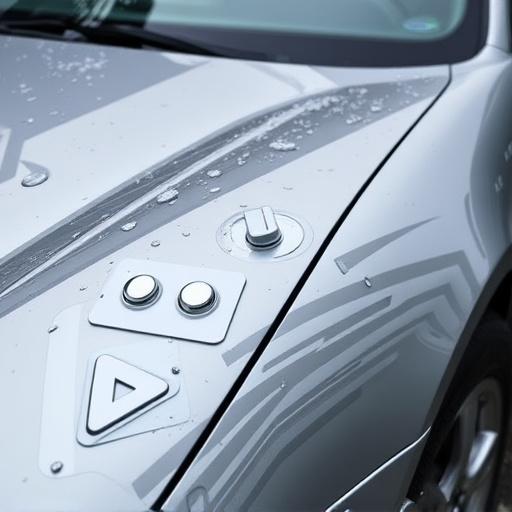
When technicians undertake a full vinyl wrap replacement, ensuring proper application is paramount for the longevity of the new material. This meticulous process involves careful preparation of the vehicle’s surface to create a smooth base, free from any contaminants or imperfections. A clean and decontaminated auto body shop environment is crucial, as even the slightest dirt or grease can hinder the bond between the wrap and the car’s exterior.
Proper application techniques include using specialized tools for precise cutting and smooth installation, ensuring minimal creases and bubbles. Technicians must also consider factors like temperature and humidity, adhering to manufacturer guidelines for optimal curing conditions. Similar attention is required when handling curves or complex shapes, often found on luxury vehicles like Mercedes-Benz collision repair sites, to guarantee a seamless finish that matches the vehicle’s original design elements, enhancing its overall aesthetic appeal and protecting it from future damage.
When it comes to complete vinyl wrap replacements, understanding the damage assessment process, implementing safe stripping techniques, and ensuring proper application are key. By following these steps, technicians can effectively remove old wraps, prepare surfaces accurately, and achieve long-lasting results. Remember, proper care and attention during each stage contribute to the overall quality and longevity of the final repair or replacement, ensuring your vehicle looks as good as new.
